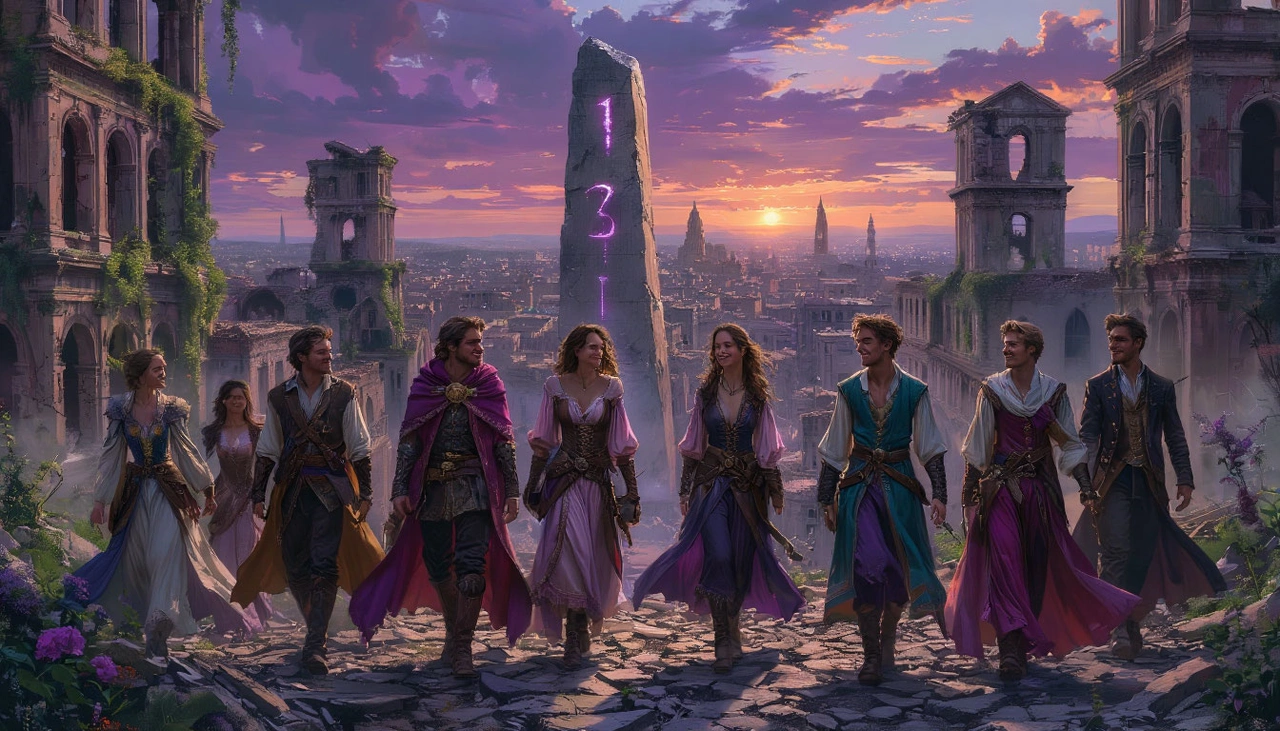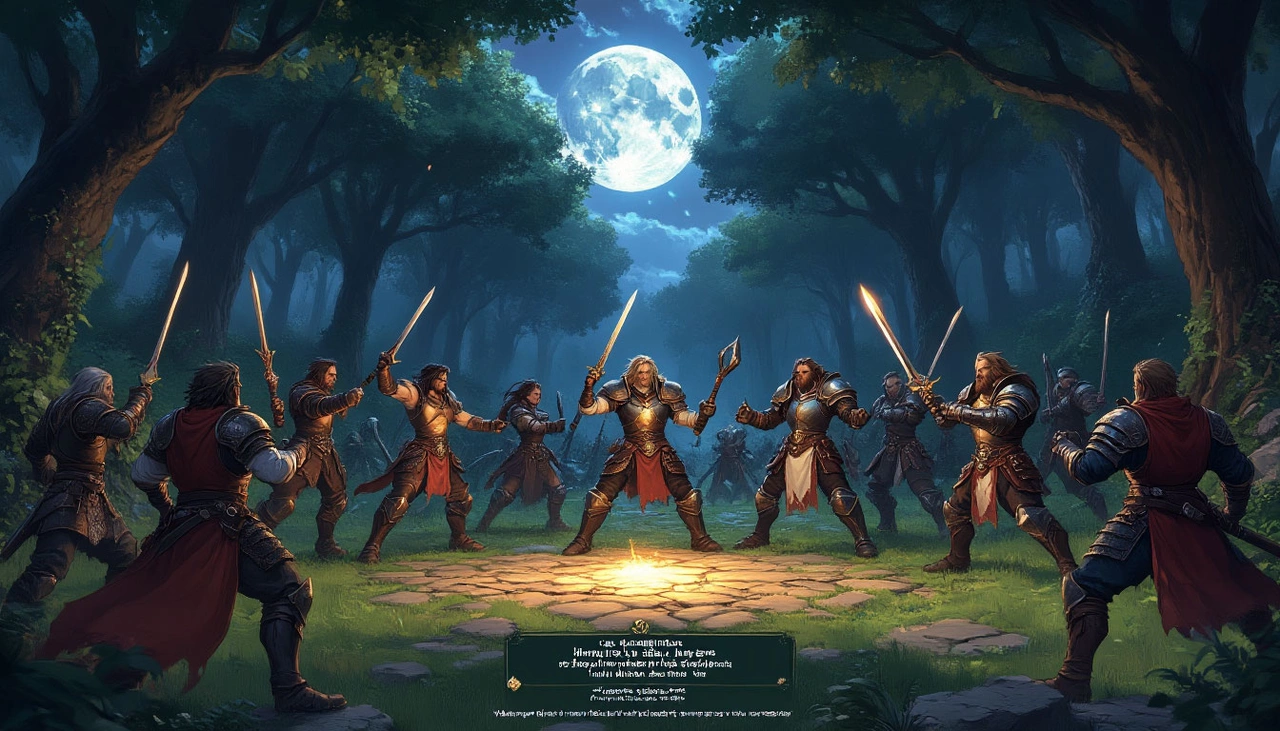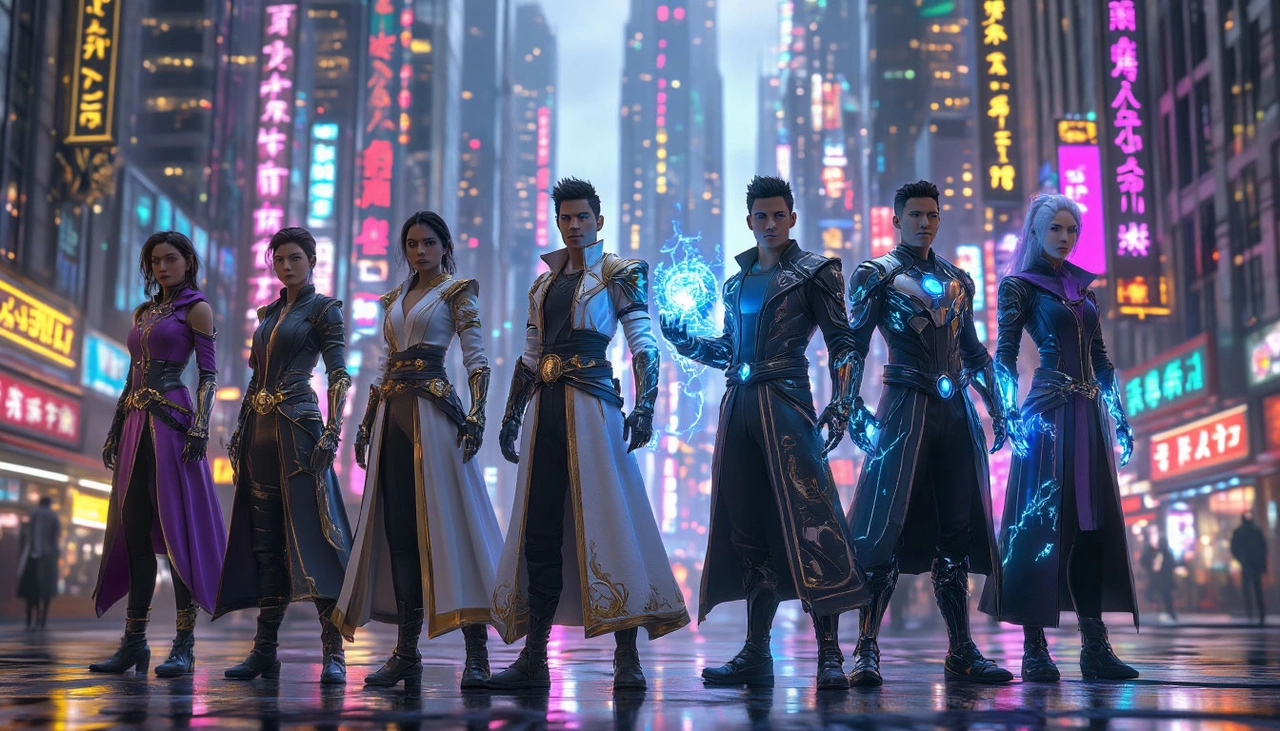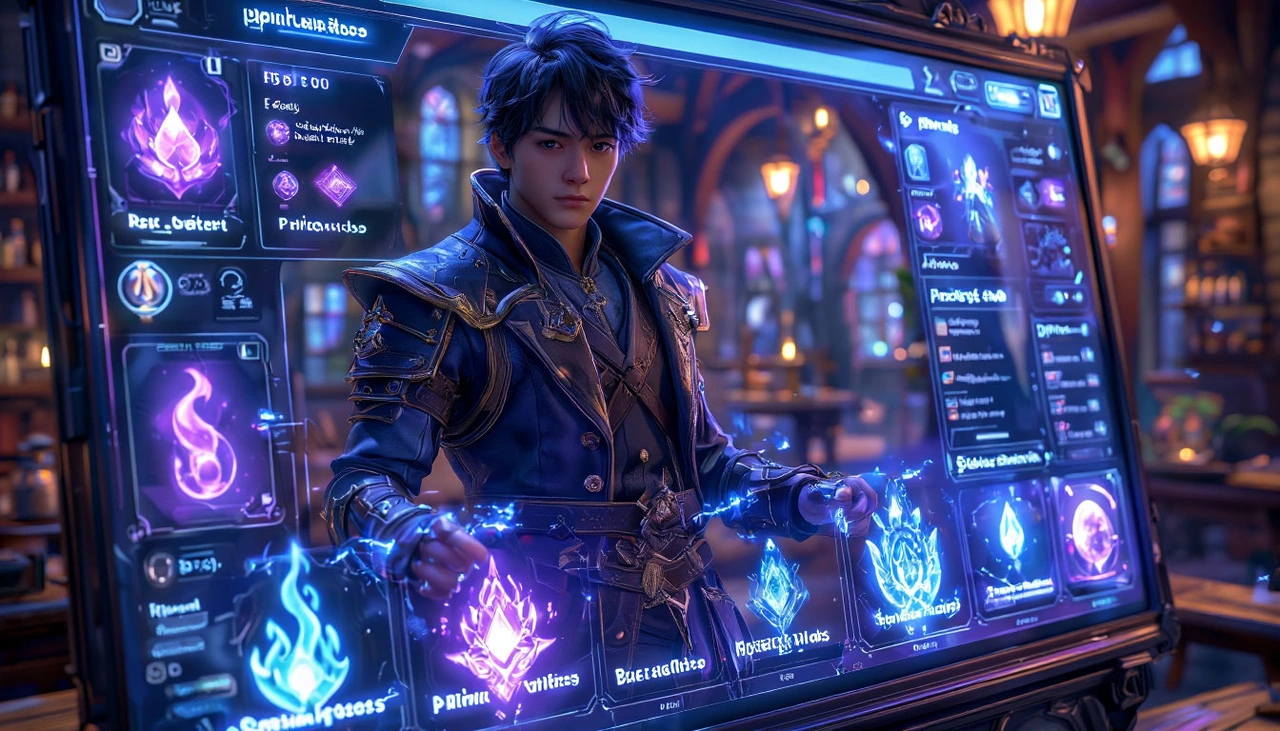🎨 Clair Obscur: Expedition 33 — Light and Shadows of a Modern JRPG
When Clair Obscur: Expedition 33 launched, it didn’t just quietly enter the JRPG landscape — it roared in, selling over 2 million copies within the first two weeks. An astonishing feat for a debut project from a 30-person studio, Sandfall Interactive. Yet, once you play it, you might mistake it for a creation of a massive AAA team — until you dig deeper.

🌌 Born from Passion, Not from Power
Behind this success lies a heartfelt story. The game’s creative lead, Guillaume Broche, previously at Ubisoft, formed Sandfall Interactive with a team of mostly newcomers to the game industry. The result? A JRPG love letter — fueled by deep admiration for Final Fantasy and the genre as a whole. That passion translated into polish, worldbuilding, and emotional depth rivaling industry giants.
The attention to detail, the soulful combat, and even the musical design all reflect a team that treated this game not just as a product, but as a legacy in the making.
🖌️ Lumière, Gommage, and the Artist’s Curse
Set in the fantastical city of Lumière — a broken shard of a once-whole world — Expedition 33 takes place 67 years after the mysterious "Fracture." Humanity clings to survival under a magical dome that shields the last remnants of civilization from monstrous invaders.
Every year, a mythical figure known as The Artist paints a number on a massive monolith. Anyone whose age matches that number vanishes in an event called Gommage. To avoid this erasure, those nearing the age limit volunteer for a doomed mission: Expedition 33 — the last stand to stop the Artist and end the curse.
While this premise seems bleak, the game paints it with strokes of hope, camaraderie, and personal sacrifice. Characters fight not only for survival, but for meaning — and perhaps, for love.

⚔️ Combat: Tradition Reinvented
Clair Obscur retains the iconic turn-based format of classic JRPGs, but with meaningful modern twists. Enemies are visible in the world — no random encounters — and engaging them first grants a tactical advantage. Battles shift to a dedicated arena, reminiscent of Final Fantasy X.
Each character has access to standard attacks, consumable items, and unique skills that consume Action Points (AP). A familiar system to fans of Honkai: Star Rail, but with more tactical variety. You can also manually aim to target weak points or break enemy shields.
What sets the game apart? A fully reactive defense system. Borrowing from Soulsborne and Super Mario RPG, players can dodge or parry enemy attacks in real time during quick-time moments. Dodge gives safety, parry opens counters. Mastering this system can, in theory, allow players to complete the game without taking damage — a challenge few will accept, but many will admire.

🧬 Stats, Builds, and Strategic Flexibility
Each hero's effectiveness is determined by core stats like Speed, Strength, Dexterity, Defense, and Luck. Upon leveling up, you assign points to shape your fighters — alongside skill points for unlocking new abilities. Stronger abilities can require up to 10 points to unlock.
You'll control up to six unique characters throughout the journey:
- Gustave, the one-armed inventor, uses a modular prosthetic that can deliver electric shocks or stuns, echoing Sekiro’s prosthetic arm.
- Luné, an elemental mage, blends fire, ice, earth, and lightning — using chain combos to amplify spells or heal allies.
- Maëlle, the duelist, changes between three stances: defensive, offensive, and virtuoso — the latter being all-in risk and reward.
- Ciel, drawing on sun and moon energy, marks enemies with “omens” then unleashes lunar devastation.
- Verso, a classic swordsman, becomes more powerful the longer he avoids damage — building up a Devil May Cry-style perfection rank.
- Monoko, the blue mage, absorbs skills from over 60 enemy types, enabling wild builds with buffs, debuffs, and elemental surprises.

🔮 Class Crafting with Picthos and Lumins
What makes Clair Obscur so satisfying for theorycrafters is the depth of its character customization. Equipable relics called Picthos boost attributes and grant passive abilities called Lumins. After winning four battles, a Lumin becomes permanently usable by any party member.
By combining different Picthos, you can transform any character’s role: tank, support, damage-dealer, or even solo specialist. Buffs like pre-battle AP bonuses, HP regeneration, or automatic shielding give room for countless team strategies.
The game even introduces skills that only activate when a character is alone on the field. In the event of a full party wipe, a backup character enters — and with the right setup, can turn the tide solo with boosted stats and guaranteed crits.

🌟 Clair: A Shining Accomplishment
Still, none of that overshadows the sheer brilliance of what this small team achieved. While not a revolutionary JRPG, Expedition 33 is something rarer: a refined one. A project built on love, dedication, and a clear creative vision. The combat shines. The story resonates. The soundtrack enchants.
It’s no surprise players who usually avoid the genre fell in love with it.
In a sea of blockbuster games, Clair Obscur: Expedition 33 reminds us that sometimes, true magic comes from the quiet passion of a few — painting their dream one frame at a time.
Close